This post may contain affiliate links for which I earn a small commission at no extra cost to you. For more info, check out my Disclosure Policy. Thank you for your support!
Starting a gluten free diet can often be confusing and it’s very likely you’re going to have a lot of questions. But don’t worry, I’m here to help you out!
Below are some frequently asked questions about gluten, and starting a gluten free diet. I really hope these are helpful and a lot of them link to more in-depth guides.
I’ve also got a separate Coeliac Disease FAQs page for those who want to learn more about the condition itself.
However, if you have a question which is not covered below please leave me a comment and I will do my best to answer them for you.
I am not a medical professional and while I can give general guidance, I would always advise you seek advice from a medical expert if you’re worried about any symptoms or changes.
Got a specific question? Use the Table of Contents below to jump straight to your answer.
Table of Contents
- What is gluten and which foods contain gluten?
- How do I tell if food is gluten free?
- Can I eat ‘may contain gluten’ warnings?
- What does 20ppm mean in relation to gluten free food?
- Can a food be gluten free if it has barley in it?
- What is codex wheat starch?
- Are oats gluten free?
- Do I need to worry about gluten in shampoo?
- Is Bisto Best gluten free?
- Is Vimto gluten free?
- Is barley malt vinegar gluten free?
- Is Worcestershire sauce gluten free?
- Is Marmite gluten free?
- Is soy sauce gluten free?
- Is Corona gluten free?
- Which alcohol is gluten free?
- Are potatoes gluten free?
- Are Malteasers gluten free?
What is gluten and which foods contain gluten?
Gluten is a protein that is found in grains including wheat, barley and rye.
This means gluten is found in common Western foods including:
- Flour
- Bread
- Pasta
- Cakes
- Cereals
- Biscuits
- Pizza
- Batter
- Processed foods
Gluten can also be ‘hidden’ in a lot of foods you wouldn’t suspect, including stock cubes, sausages, soy sauce and English mustard.
While some gluten-containing products are obvious, many require a check of the ingredients list to see if they are safe to consume.
How do I tell if food is gluten free?
The first thing to do when looking for gluten free food is to check for a ‘gluten free’ label or the crossed grain symbol.
This is a sure sign that the product has undergone rigorous testing and is safe for people with coeliac disease and on a gluten free diet to consume.
Many supermarkets will have a Free From Aisle full of dedicated gluten free food, but you do not always have to shop exclusively in that area.
A lot of foods are naturally gluten free, but the manufacturers have not paid for the extra auditing and testing that results in a gluten free accreditation.
If there is no gluten free sign on the label, next it is time to check the ingredients lists.
Gluten itself will not be listed as an ingredient, but any gluten containing grain, such as wheat or barley, must be in bold.
This makes it easy to spot if there is anything that should raise alarm bells and tell you the product is not gluten free.
Finally, if there are no gluten-containing ingredients, check for any may contain warnings. Something along the lines of ‘made in a factory which also handles wheat’.
These kinds of labels are discretionary but should be used if there is a high chance those allergens will be present.
Can I eat ‘may contain gluten’ warnings?
There seems to be some confusion about this in the coeliac world so let me set the record straight. The advice, according to every dietitian and expert I have ever spoken to, is that anyone with coeliac disease should NOT eat foods with ‘may contain’ warnings.
If a product has a label such as ‘made in a factory which handles wheat’, it is highly likely that product will be contaminated and not gluten free.
People with IBS / NCGS/ etc may be able to be more flexible with these warnings but those with coeliac disease should avoid them.
What does 20ppm mean in relation to gluten free food?
In the UK, it is a legal requirement that all food labelled gluten free must be tested to contain less than 20 parts per million (ppm) of gluten.
This amount is actually incredibly small, which is why even a crumb of gluten-containing foods can make someone with coeliac disease ill.
If a product is labelled gluten free it will have to be below 20ppm.
Different countries have different legislations but this is how allergen labelling works in the UK.
Can a food be gluten free if it has barley in it?
If a food has a ‘gluten free’ label on it, it legally has to test below 20ppm of gluten and therefore will be safe for people with coeliac disease to consume.
This is still true if a product labelled gluten free has barley highlighted in the ingredients list.
Barley is one of the 14 allergens recognised by the EU that have to be labelled in bold. But if there is under 20ppm of gluten in a product containing barley, it can still be gluten free.
For example, Knorr stock cubes contain barley but are labelled gluten free. Gluten free beer is made from barley but the gluten is removed during the brewing process.
All of these products still have to label barley in bold, so that anyone with a barley allergy can easily recognise and avoid it.
But the levels of gluten in the product will be below 20ppm and is therefore considered safe for a gluten free diet.
Some products, such as breakfast cereals, contain barley malt extract but the levels are so low they are technically below 20ppm, yet not labelled gluten free.
The best way to navigate this minefield is to download the Coeliac UK Barcode Scanner App as safe products will be listed there.
What is codex wheat starch?
Some gluten free products use gluten free wheat starch, also known as codex wheat starch.
Any products that use this must label wheat as an allergen in bold in the ingredients list, for the benefit of people with a wheat allergy.
But if it is specifically labelled as ‘gluten free wheat starch’ or ‘codex gluten free wheat starch’ then the product is gluten free and safe for people with coeliac disease.
Are oats gluten free?
Oats in their natural form are gluten free, however in the UK anyone with coeliac disease should only eat specifically labelled ‘gluten free oats’.
This is because oats are often contaminated with other grains in the manufacturing process.
Gluten free oats are safe for a gluten free diet. Oats contain a similar protein to gluten, called avenin, which some people can be sensitive to.
If you eat oats and you find that you’re still getting coeliac-like reactions, it’s important to keep a food diary and go back to your doctor/dietitian.
These rules are the same when it comes to oat milk too – people with coeliac disease or on a gluten free diet should only drink gluten free oat milk.
I go into more depth on this subject in my guide to gluten free oat milk here.
Do I need to worry about gluten in shampoo?
I get asked a lot about gluten in cosmetics and the general rule from Coeliac UK is that if you’re not eating it, it’s OK.
Generally unless you are getting a lot of shampoo/shower gel/moisturiser/etc in your mouth you won’t ingest enough to cause a reaction.
Some people do find they get a reaction to gluten in cosmetic products but this is more likely due to a separate reaction to coeliac disease.
Is Bisto Best gluten free?
Ah, Bisto.
I remember for years having jars of Bisto Best (not the granules in tubs – they have gluten) but there seems to be a lot of controversy surrounding it now.
Ironic, given there are SO MANY gluten free gravy options on the market.
The short answer is: Jars of Bisto Best do not contain gluten in the ingredients.
They have more recently been marked with a ‘may contain traces of gluten’ warning.
However, the Coeliac UK scanner app says they are still gluten free.
Therefore, personally this would tell me the jars of Bisto Best are gluten free.
Is Vimto gluten free?
I’ve seen a lot of heated debates about Vimto, but it appears that although it contains Barley Malt (which has to be listed in bold because it is an allergen) it is in fact gluten free.
The Coeliac UK app lists it as gluten free.
Vimto says on its website: “Vimto is classed as gluten-free. There is a very small amount of gluten present which carries through from the barley malt used in its manufacture, but the level is far below the threshold above which it would be considered to contain gluten (20 parts per million).”
Side note – I love that ‘is Vimto only popular in the UK?’ actually made it into their FAQs!
Is barley malt vinegar gluten free?
Malt vinegar is a bit of a confusing one as the advice has recently changed.
If you read this post when it was first published, it would have said barley malt vinegar was fine – but Coeliac UK has since changed its guidance.
As of January 2021, Coeliac UK will no longer be listing products containing barley malt vinegar or barley malt extract as safe for people with coeliac disease unless they are specifically labelled as gluten free.
This is placing a greater responsibility on the manufacturers to confirm that products contain less than 20ppm of gluten and can be labelled as gluten free.
And while this is a bit frustrating for those who have indulged in a sprinkle of vinegar for years, let’s hope it will force these companies into clearer labelling standards.
Although chip fans do not fear – I’ve seen a few brands of ‘gluten free’ labelled vinegars out there so it should be possible to track some down.
You can read more about malt vinegar (and all sauces, as a matter of fact) in my gluten free guide to sauces and condiments, right here.
Is Worcestershire sauce gluten free?
Unfortunately, as with barley malt vinegar, the guidance on Worcester sauce like Lea and Perrins also changed in January 2021.
This means unless specifically marked as gluten free, you should consider Worcester sauce containing barley as not suitable for a gluten free diet.
There are some supermarket free from versions (I think Tesco does one) as well as some other alternative out there.
Again, you can find more on the subject of Worcester sauce in my guide to gluten free sauces and condiments here.
Is Marmite gluten free?
Oh Marmite, why must you taunt us so?
Us long-term coeliacs will remember a time when Marmite was, apparently, safe to eat.
However, since 2016 Coeliac UK said Marmite is no longer gluten free.
This is because the yeast extract is a by-product of gluten-containing foods like bread and beer, and the levels of gluten in Marmite are above 20ppm.
However, some supermarket-own brands of yeast extract are gluten free!
So if you’re missing Marmite, you’ll be pleased to know that Asda Yeast Extract, Meridian yeast Extract, Morrison’s Yeast Extract and Sainsbury’s Reduced Salt Yeast Extract are all listed in the Coeliac UK app as gluten free.
Is soy sauce gluten free?
Sorry to any Chinese food-lovers out there because the bad news is, soy sauce is NOT gluten free.
Most soy sauces are made with wheat flour and therefore not safe on a gluten free diet.
However, most varieties of Tamari soy sauce are gluten free.
Personally I think this tastes exactly the same so it just means you can create your favourite Chinese dishes at home in a gluten free way.
Find out more about which soy sauces are safe in my guide to gluten free sauces.
Is Corona gluten free?
This is a question I see popping up again and again all over the internet – is Corona gluten free?
It seems to be a bit of an urban legend, and theories differ between the UK and the US.
For more information I’ve written a whole piece on whether Corona is gluten free with a list of Corona products which are coeliac safe.
Which alcohol is gluten free?
Actually, quite a lot of alcohol is gluten free!
Generally, unless it’s marked specifically as gluten free, thee following alcohol contains gluten:
- Beers
- Ales
- Lagers
- Stouts
Pretty much most other alcohols are ok!
Spirits such as vodka, gin, rum and – yes! – whisky, are gluten free because of the distilling process.
Bailey’s is a common one I get asked about at Christmas – yes, Baileys is gluten free.
You might need to be careful with pre-mixed drinks and cocktails to check nothing with gluten in is added to them, but generally speaking spirits, wines and ciders are gluten free.
Are potatoes gluten free?
I know, to most of us veteran coeliacs it’s a question which seems so obvious and can often feel frustrating to answer.
But actually, I’ve realise if you’re newly diagnosed as coeliac or cooking a gluten free meal for a friend, it actually isn’t.
Potatoes ARE gluten free and suitable or people with coeliac disease.
And trust me, you’ll soon realise this after you find out everywhere’s gluten free option generally involved a jacket potato…
Are Malteasers gluten free?
Sadly, Malteasers are not gluten free. I’d absolutely love it if they were!
If Malteasers ever make a gluten free version I promise you’ll hear about it from me!
Got any questions about the gluten free diet?
I really hope these gluten free FAQs have helped, but I’m always happy to answer more questions!
I’ll update this post as new topics crop up so do bookmark it so you can keep checking back.
If you have any questions yourself, please do post them in the comments and I’ll answer them.
You can also join my super friendly Facebook group and ask away in there too!
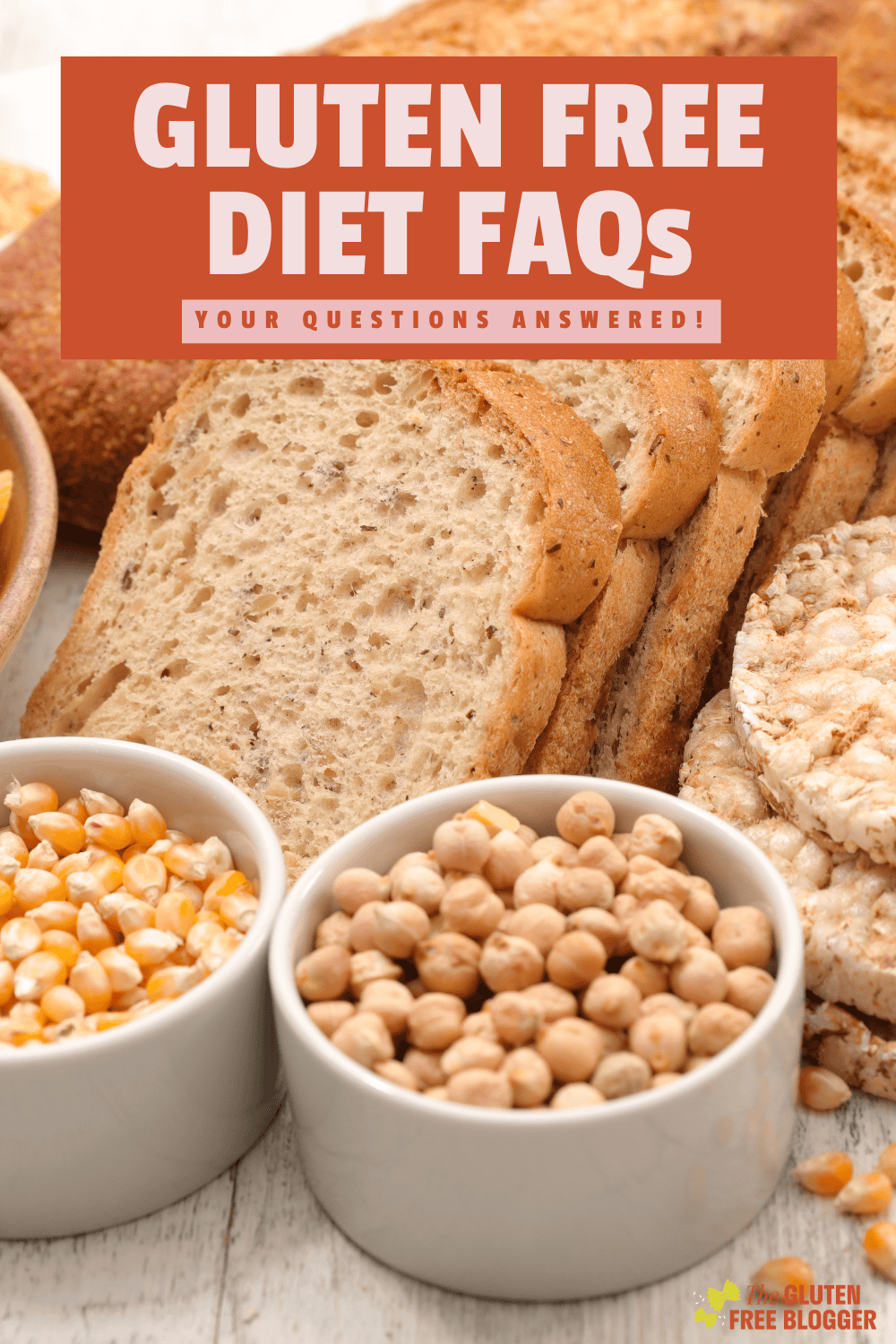

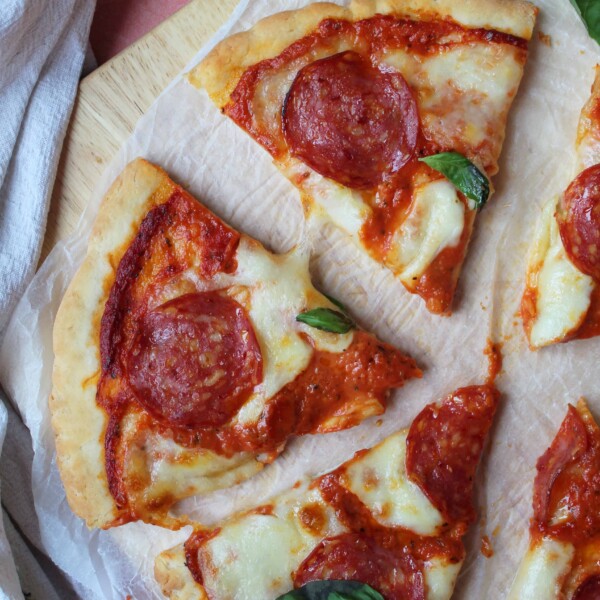
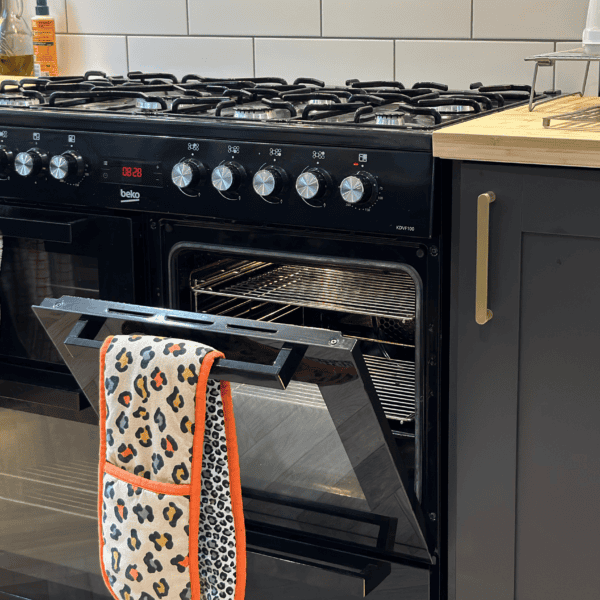
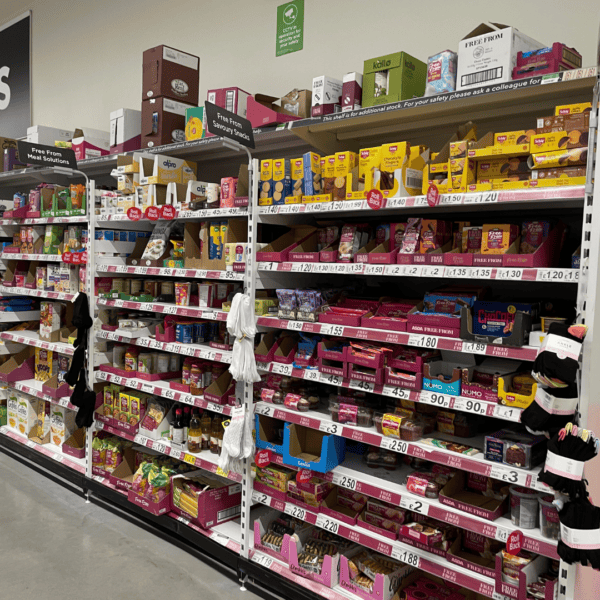
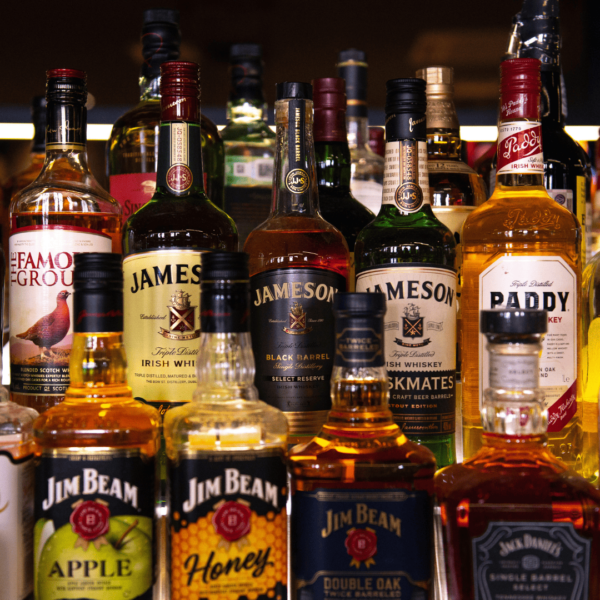

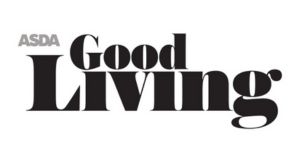
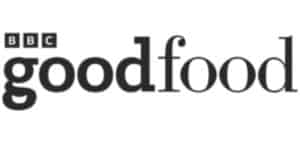
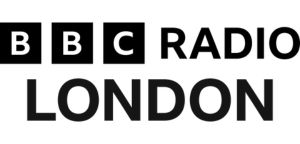




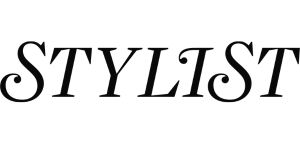
Hi Sarah,
I’m Coeliac but I’ve also been been diagnosed with prediabetes so have to watch my carbohydrates and sugar intake. So was wondering if you had any good cake/cookie recipes without a lot of sugar or a good sugar substitute?
Thank you